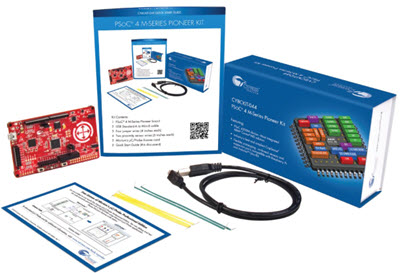|
For novel ideas about building embedded systems (both hardware and firmware), join the 35,000 engineers who subscribe to The Embedded Muse, a free biweekly newsletter. The Muse has no hype and no vendor PR. Click here to subscribe.
|
Are you writing code for an 8051?
If so, trust me, you're not a dinosaur.
There's a new study of the MCU market (Source:http://eetimes.com/design/microcontroller-mcu/4413015/MCU-market-turns-to-32-bits-and-ARM). The forecast is that 6.7 billion 4/8 bit MCUs will ship this year, up 6% over last year. Considering that so many feel 8 bits is dead that's pretty astonishing growth. Those parts are up 40% since 2009.
16 bit MCU shipments have almost doubled since 2009. And 32 bitters have gone up by a factor of four over the same period, though one wonders how many 32 MCUs really existed five years ago.
ARM's 2012 annual report indicates that some 26 billion cores were shipped last year. This number presumably includes the 19 billion 4/8/16/32 bit MCUs mentioned above.
What about PCs? Something like 350 million were shipped last year. This source (http://www.globalnerdy.com/2013/05/02/mobile-news-roundup-modern-android-takes-over-who-sold-how-many-tablets-in-1q13-ios-users-still-the-most-active/) pegs 2013 Q1 tablet sales at 49 million units, or about 200 million per year. To a first approximation, it doesn't really matter how many cores made it into each PC and tablet; together they represent just a tiny sliver of all CPUs and MCUs produced last year.
26 billion cores is an astonishing number. 70 years ago there were zero programmable electronic digital computers in the world. Zero cores. All computation used mechanical calculators and some specialty electronics. Even by the early 1970s the notion of ubiquitous computing wasn't considered absurd; it simply wasn't considered. Ken Olson, head of Digital Equipment Corporation, said in 1977 (six years after the first commercially-successful microprocessor was introduced) "There is no reason anyone would want a computer in their home."
But 26 billion is a pittance. That's just a handful per capita. So many toys have CPUs. Medical gear. Cars. Calculators. I bought a digital oral thermometer recently, with LCD display and some sort of MCU under a blob of epoxy. For $4.99. This stuff surrounds us, and it's clear that it won't be long before these numbers explode. The data shows total MCU shipments doubled in the last five years. If that rate of growth continues, figure on around 80 billion MCUs/year in a decade.
But another factor will made even that prediction low: prices are collapsing. Today one can get a 32 bit MCU for $0.39. The semiconductor industry has taught us that falling prices drives increased consumption; that cheap computers create entirely new application areas.
A young insurance salesman who stopped by here recently was interested in the stuff on my lab bench. I showed him some simple disassembled products: a TV remote control. That oral thermometer. An opened cell phone. An old GPS. He had no idea there were computers in these things.
Computers are everywhere. Apparently they are invisible.
Published May 8, 2013


